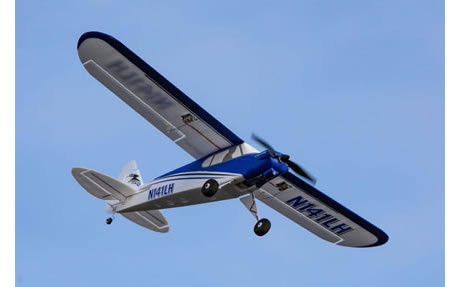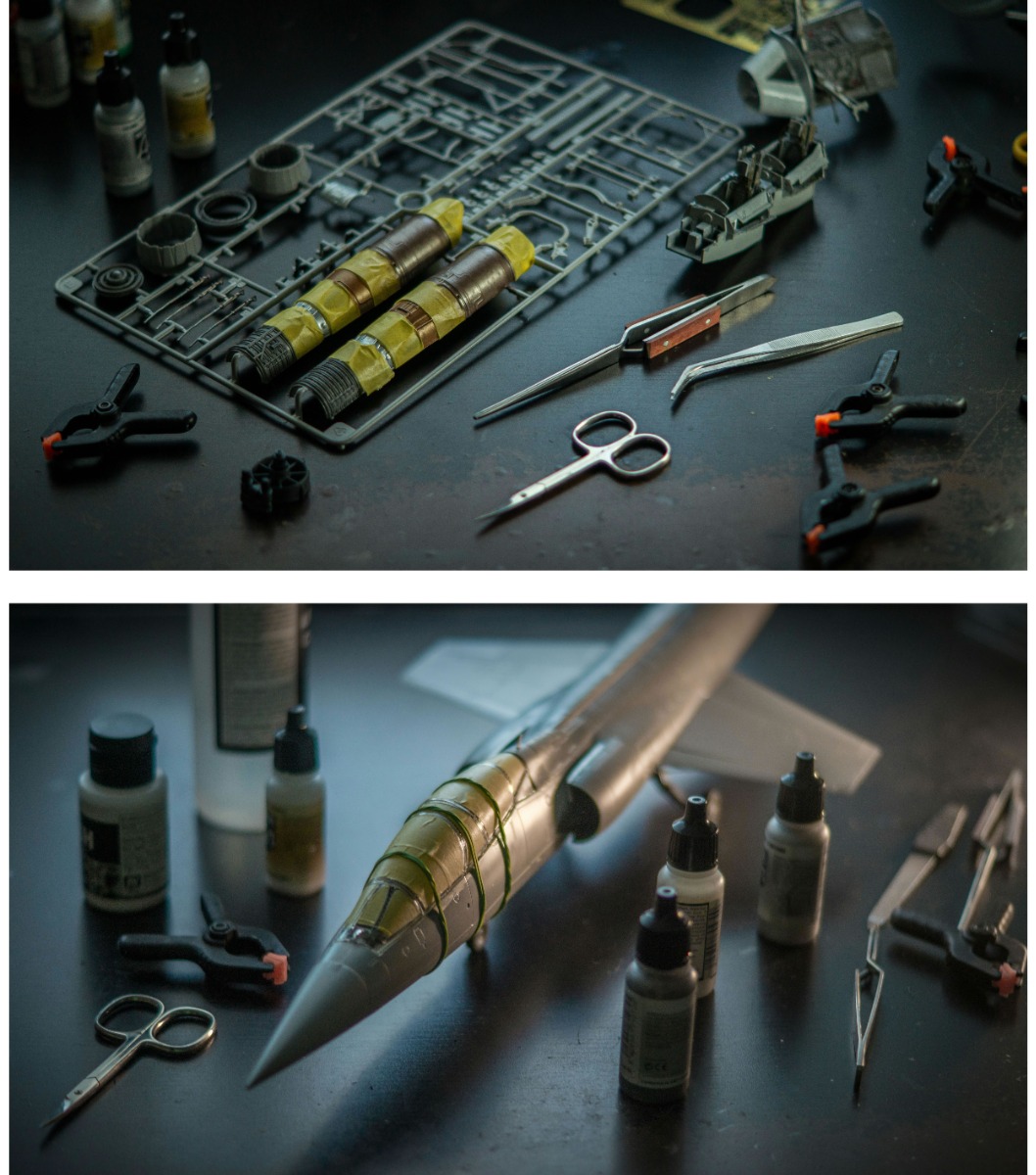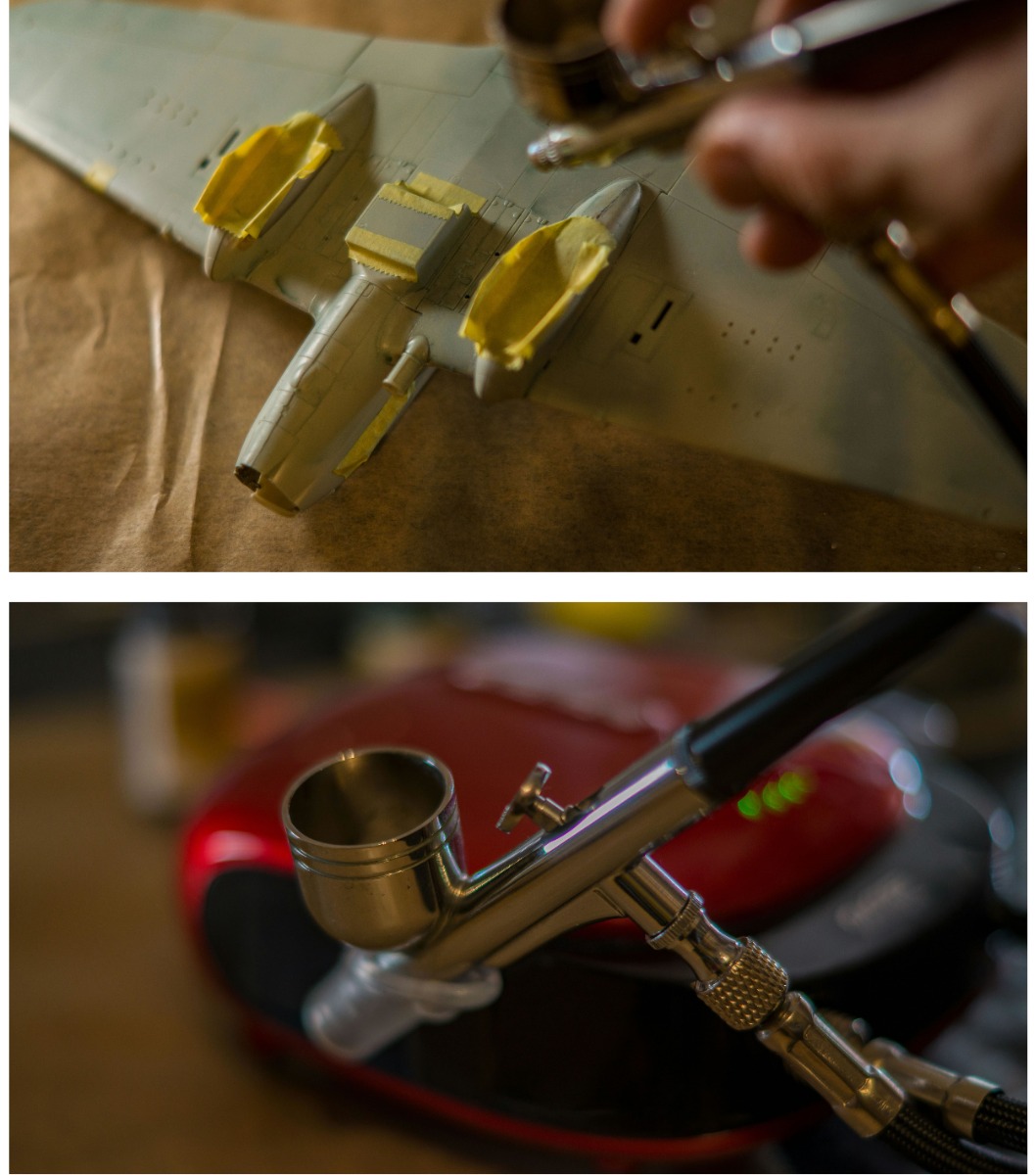Zvezda 1/72 MiG-1.44 # 7252
The MiG-1.44 is a prototype fifth-generation jet fighter developed by the Mikoyan Design Bureau in Russia.
Designed in the 1980s as part of the Soviet Union's response to emerging Western fifth-generation fighters, such as the F-22 Raptor, the MiG-1.44 aimed to incorporate advanced stealth, maneuverability, and avionics technologies.
Featuring a sleek, delta-wing design with advanced composite materials and radar-absorbent coatings, the MiG-1.44 boasted reduced radar cross-section (RCS) characteristics, enhancing its survivability and ability to penetrate enemy airspace undetected.
Powered by two high-performance engines, the MiG-1.44 demonstrated impressive speed and agility, with a focus on supermaneuverability to outmaneuver and engage adversary aircraft effectively.
Equipped with state-of-the-art avionics and sensor suites, including radar and electronic warfare systems, the MiG-1.44 aimed to provide superior situational awareness and combat capabilities, enabling pilots to maintain air superiority in complex and contested environments.
Despite its advanced features and promising performance, the MiG-1.44 project faced challenges due to the collapse of the Soviet Union and subsequent funding issues.
As a result, only a few prototypes were built, and the program was eventually discontinued in favor of other fighter development initiatives.
Although the MiG-1.44 did not enter production or operational service, it served as a technological testbed and contributed valuable insights to future Russian fighter programs, influencing the design and development of subsequent aircraft, such as the Sukhoi Su-57.
While the MiG-1.44 remains a fascinating chapter in the history of Russian aviation, its legacy endures in the ongoing pursuit of advanced fighter capabilities for modern air forces.





















 Spread the cost with Paypal Credit
Spread the cost with Paypal Credit
 Spread the cost with Klarna
Spread the cost with Klarna









